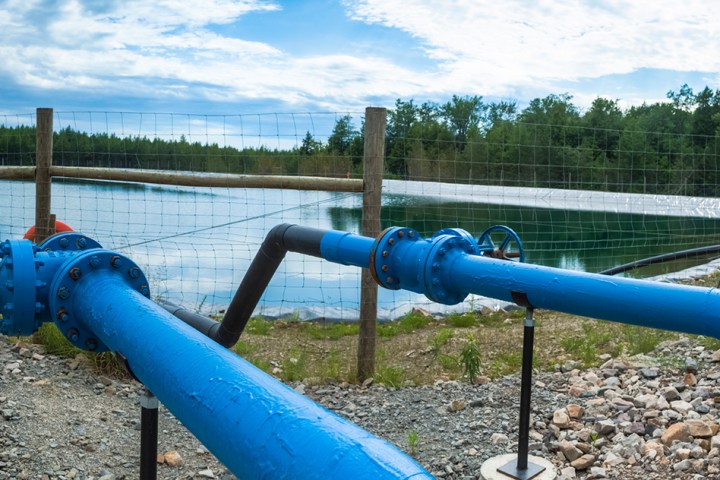
The technique, known as shock electrodialysis, is unique because it’s a “membraneless separation system”. Traditional desalination processes typically use reverse osmosis or electrodialysis to pull apart water molecules and salt particles on either side of a one-way separation membrane. Filtration systems that require this kind of separation can be extremely ineffective as the membranes become clogged. Even the unclogging solutions proposed for membrane separation systems, like boiling, require large amounts of energy to be expended on a regular basis.

Chemical engineering and mathematics professor Martin Bazant and his team of student researchers use shock electrodialysis to circumvent issues like clogging in a system that, superficially, looks very similar to traditional desalination techniques. Because their system still requires some physical separation of water molecules and salt particles, Bazant and his team use a porous material composed of many tiny glass particles, called a frit. Either membranes or electrodes can be used to surround the system, so that when an electric current is applied, water divides itself into two regions of the stream; one with purified water and one with salt water.
When the electric current applied to the system is strong enough, it generates a shockwave that immediately and precisely divides fresh water from salty water. Even when shock electrodialysis is applied with the membranes surrounding the frit, the water flowing across the surface of the membranes (instead of passing through the membrane) helps to mitigate the issue of clogging over time. However, questions remain as to the amount of energy that would be required to power a system like this when scaled up for real world applications.
The MIT team credits Juan Santiago at Stanford University for first discovering the use of a shockwave to separate salt concentration in water, but Santiago’s discovery wasn’t used for desalination applications until now. Bazant believes that shock electrodialysis could be easily scaled for massive desalination plants or water purification systems. Beyond desalination, the system could also be used to purify the toxic wastewater created by controversial fracking plants, since the electrical current could theoretically be used to sterilize the fluid stream in addition to removing unwanted particles in the water source.
Research into shock electrodialysis so far has proved the theory of the technique and has demonstrated working process models. The next step in bringing shock electrodialsysis to real world desalination and water purification applications will require the design of a system developed specifically for practical testing on that scale. Bazant and his team don’t believe their system will compete with traditional desalination processes at the outset, but he does see the benefit of the alternative treatment system down the line. For example, the minimal infrastructure requirements of the shock electrodialsysis system would make it a portable, inexpensive solution for emergency situations or remote locations where supplies are limited.


